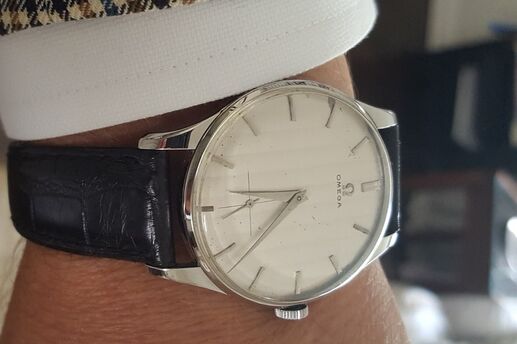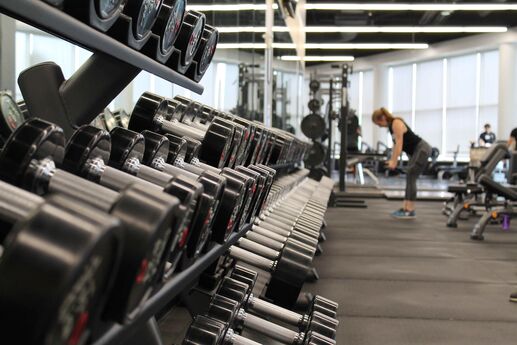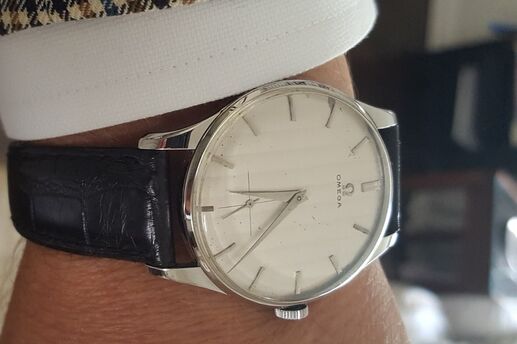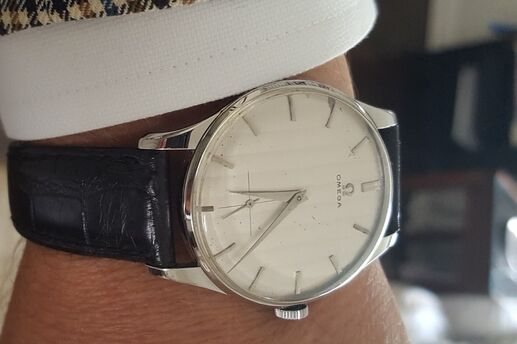Eyebrow Grooming for Men
Eyebrows are one of those mysterious facial features that can make a huge difference in your appearance … but generally go unnoticed unless something about them is terribly wrong (like, say, you’re still sporting a unibrow or accidentally singed them off over a barbecue -- it happens).
When it comes to eyebrow grooming for men, it boils down to three simple things: de-bulking, shaping and knowing where brows should start and end.
Really thick eyebrows may call for major eyebrow grooming, so you may want to visit a salon -- a trained aesthetician can do them the first time and give you a good reference point for maintaining them solo.
Still, most guys can whack these little weeds themselves at home. Just follow a few simple rules. …
First, you’ll need to have the right tools on hand: razor, small electric trimmer, grooming scissors and tweezers. Next, shower or wash your face before attempting to shave or tweeze the area. The hot water and steam open up your pores and follicles and soften the hair, making the process easier (and less painful). Plus, this will help prevent ingrown hairs.
Now you’re ready for the big browbeating. Here’s how.
Length
First, get rid of excess hair in the middle and the outside ends. The inside edges of your brows should line up with the inside corner of your eyes -- anything else is in unibrow territory and should be removed. To determine where your brows should end, use this simple trick: Take a pencil and place one end at the outside edge of your nostril, then rotate it so that it points towards the outside edge of your eye -- that’s where the brow should end.
As for how to get rid of those stray border crossers, take a razor and use short light strokes but take heed: A razor allows more room for error -- remember Steve Carell’s slipup in The 40-Year-Old Virgin that left him browless? -- but the hair will grow back quickly. On the other hand, you can use tweezers to pluck these areas, but you’ll have to be extra-careful; repeated tweezing can cause permanent hair loss.
Thickness
Next, ditch the bulk with grooming scissors or a small electric trimmer. You want to remove just enough hair so the brows look tamed, not overly trussed. You don’t want to cut the hair so short that it refuses to lie flat against your face.
If you have fine hair, brush it upward, then trim till it’s about 5 millimeters long. If you have coarse hair, pick out one hair and trim it slowly, a little at a time, till it’s short but still lies flat. Then use it as a marker for the rest of the hairs.
And slow down -- this isn’t a race. It should take you at least a few minutes to do a proper job.
Shape
To arch or not to arch … that is the question. And the answer depends on your face shape. If it’s long and skinny, or anchored by a particularly strong jawline, you should probably forget about sculpting your brows into an arch -- thicker, horizontal brows can help divide your face to make it look shorter and draw people’s gazes up and away from the jaw. On the other hand, if you have a round or square face, a prominent arch can create the illusion of a longer face.
As a general rule of thumb, the arch should peak directly above the pupil; make a note of where that is, then use tweezers to remove hairs directly underneath that point until you’ve defined the shape.






